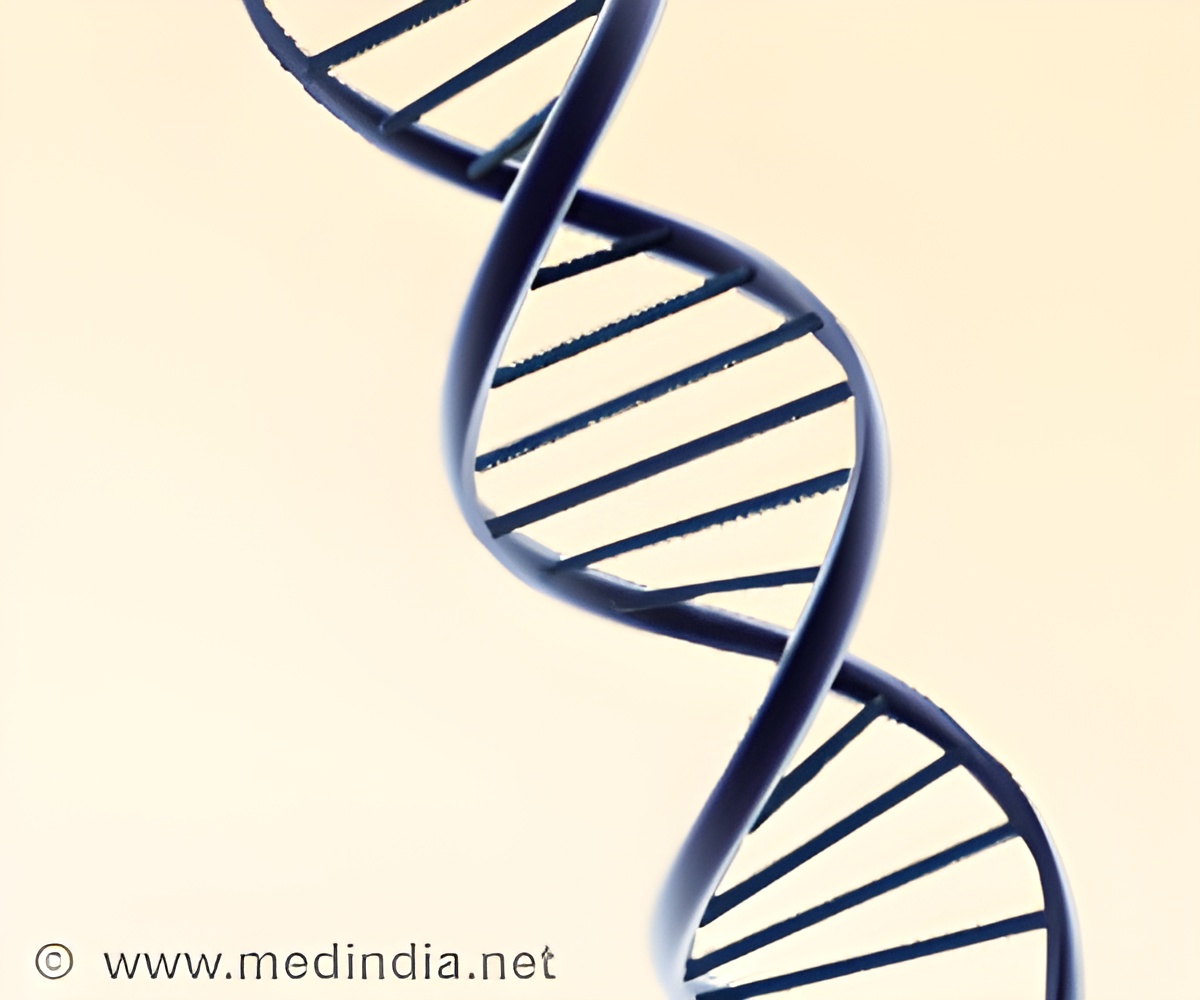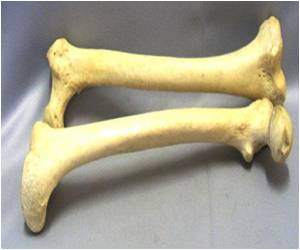Has it ever happened to you as to what decides the division of labour and roles in an ant colony, known to be highly organised? The genes play this role, reveals research.

An ant colony generally consists of a queen and the workers. The workers can differ depending on the task they perform, such as brood care, foraging or nest defence.
While queens are solely responsible for reproduction, in some species there are also soldier ants.
The divergent phenotypic traits of queens and workers develop from the same genetic background.
"We have here the ideal model system to study polyphenism, which describes the situation in which one and the same genotype gives rise to phenotypes that differ in terms of individual morphology, behaviour and life history," said Barbara Feldmeyer from JGU's institute of zoology.
If in a nest, the queen dies or is removed, some brood-care workers will develop their ovaries and begin to reproduce.
Advertisements
They compared these fertile workers with infertile brood-carers, foragers and the queens to determine the expression of genes causing the enormous variations in behaviour, fertility and life span.
Advertisements
The fertile brood care workers occupy an intermediate position between the queen and the sterile workers.
The ant queens expressed many caste-specific genes whose functions were known from comparisons with other species.
This is not the case for the workers in which about half of the characteristic genes were found to be of unknown function.
"Either these worker genes have undergone major modifications or they are novel genes," explained Feldmeyer.
Source-IANS










